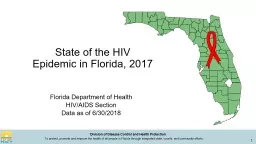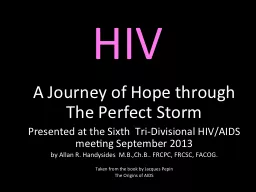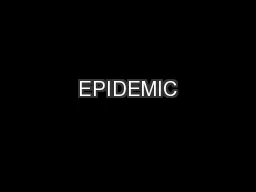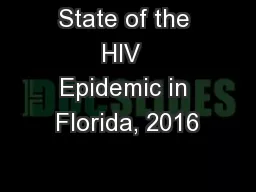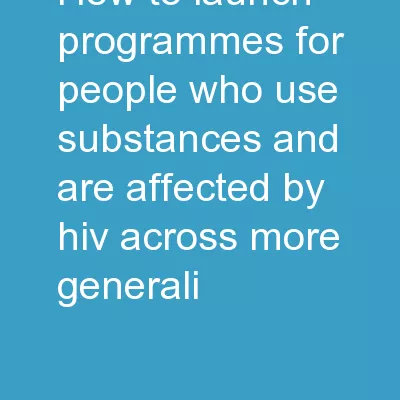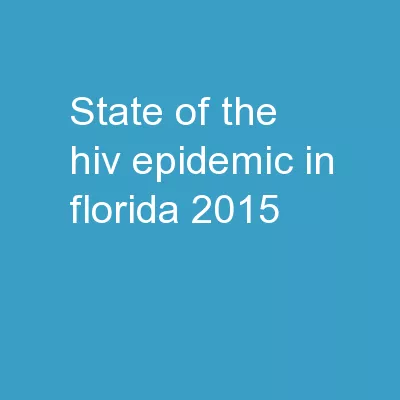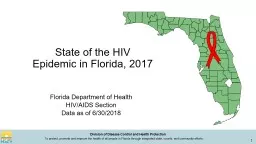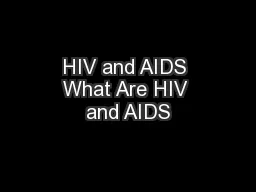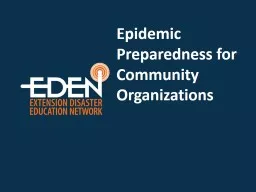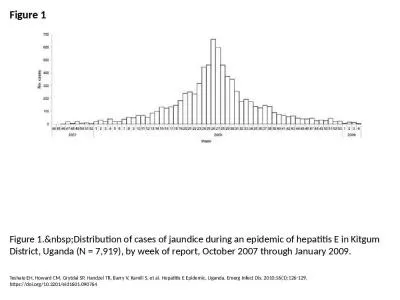PPT-State of the HIV Epidemic in Florida, 2017
Author : aaron | Published Date : 2018-12-20
Florida Department of Health HIVAIDS Section Data as of 6302018 To protect promote and improve the health of all people in Florida through integrated state county
Presentation Embed Code
Download Presentation
Download Presentation The PPT/PDF document "State of the HIV Epidemic in Florida, 2..." is the property of its rightful owner. Permission is granted to download and print the materials on this website for personal, non-commercial use only, and to display it on your personal computer provided you do not modify the materials and that you retain all copyright notices contained in the materials. By downloading content from our website, you accept the terms of this agreement.
State of the HIV Epidemic in Florida, 2017: Transcript
Download Rules Of Document
"State of the HIV Epidemic in Florida, 2017"The content belongs to its owner. You may download and print it for personal use, without modification, and keep all copyright notices. By downloading, you agree to these terms.
Related Documents

